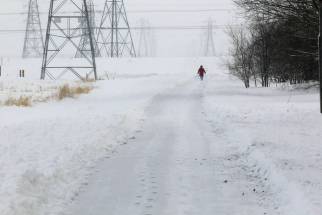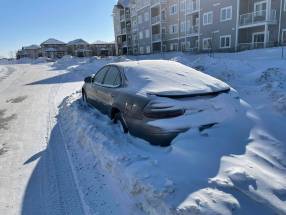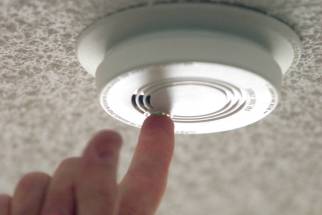Action needed on First Nations fire safety
Read this article for free:
or
Already have an account? Log in here »
To continue reading, please subscribe:
Monthly Digital Subscription
$19 $0 for the first 4 weeks*
- Enjoy unlimited reading on winnipegfreepress.com
- Read the E-Edition, our digital replica newspaper
- Access News Break, our award-winning app
- Play interactive puzzles
*No charge for four weeks then billed as $19 plus GST every four weeks. Offer only available to new and qualified returning subscribers. Cancel any time.
Read unlimited articles for free today:
or
Already have an account? Log in here »
Hey there, time traveller!
This article was published 16/02/2022 (1045 days ago), so information in it may no longer be current.
Smoke detectors range in cost from $20 to $60, a small price to pay to save lives.
This bottom-line truth is being reinforced as inspectors pore through the charred wreckage of three separate house fires on First Nations in the past month. Three people under the age of 18 died in Cross Lake Cree Nation in Manitoba on Feb. 12, three people including a child were killed in Siksika Nation in Alberta on Feb. 6, and three children died in Sandy Lake First Nation in Ontario on Jan. 13.
The determination of whether these homes had functional smoke detectors won’t be officially known until investigators’ reports are released, but the likelihood is informed by the bleak history of similar house fires on First Nations: a report last year by the chief coroner of Ontario found 86 per cent of the fires it investigated on reserves had either no smoke detectors or ones that didn’t work properly.
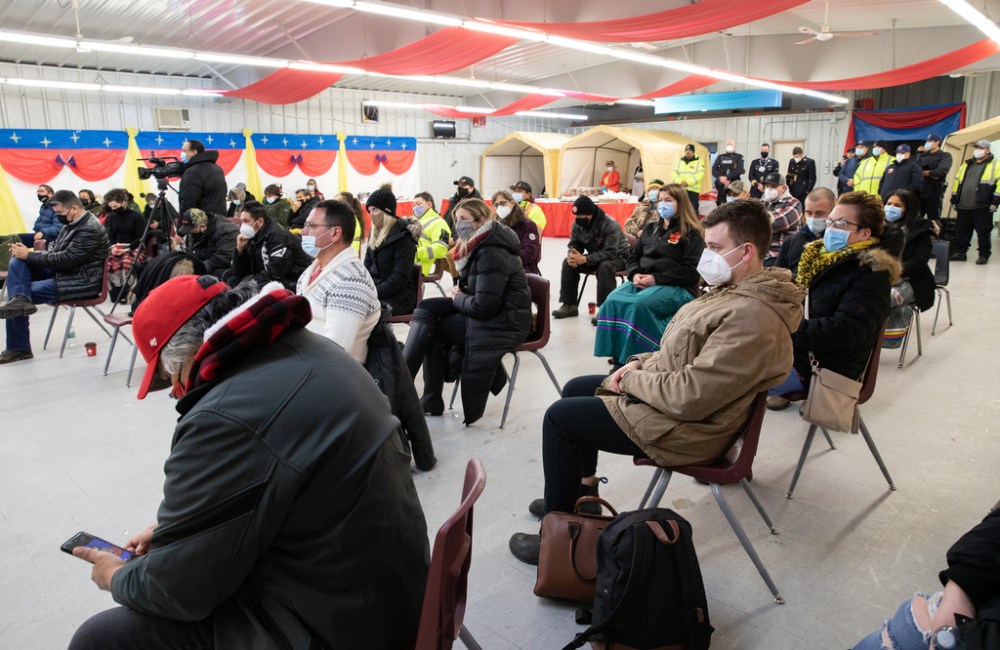
A Statistics Canada study found First Nations people living on reserves were 10 times more likely to die in a fire than non-Indigenous people. This unacceptably high danger is a result of many factors, but making smoke detectors available and mandatory would seem a first step that is realistically achievable.
It worked in B.C. As part of a campaign in 2012, 20,000 smoke alarms were sent to First Nations. The result? No deaths in house fires during that time. When the campaign ended after seven years, the rate of fire deaths on First Nations began to rise.
The installation of smoke detectors in every First Nation home would be helpful, but extensive long-term changes are also needed to prevent and fight fires in communities that are isolated and often impoverished, where houses are often overcrowded and can contain wood stoves and chimneys that would never meet the building codes common in off-reserve communities.
Firefighting capabilities on First Nations are often inadequate, as was disturbingly illustrated by three separate fires in Manitoba in 2011. At a house with no running water in St. Theresa Point, a baby died in a fire while the community’s fire truck sat, broken, with no fire hoses and with the ignition keys misplaced. At a house fire on Roseau River, a woman died while firefighters had no water to battle the blaze because the fire hydrants were frozen. And a house fire on God’s Lake Narrows killed three people while residents tried without sucess to find an appropriate wrench to open a nearby fire hydrant.
Such inadequate fire protection would be unthinkable in any Canadian city or town that is subject to building and fire codes. The reason why First Nations communities don’t have to be up to code is because of a legislative gap.
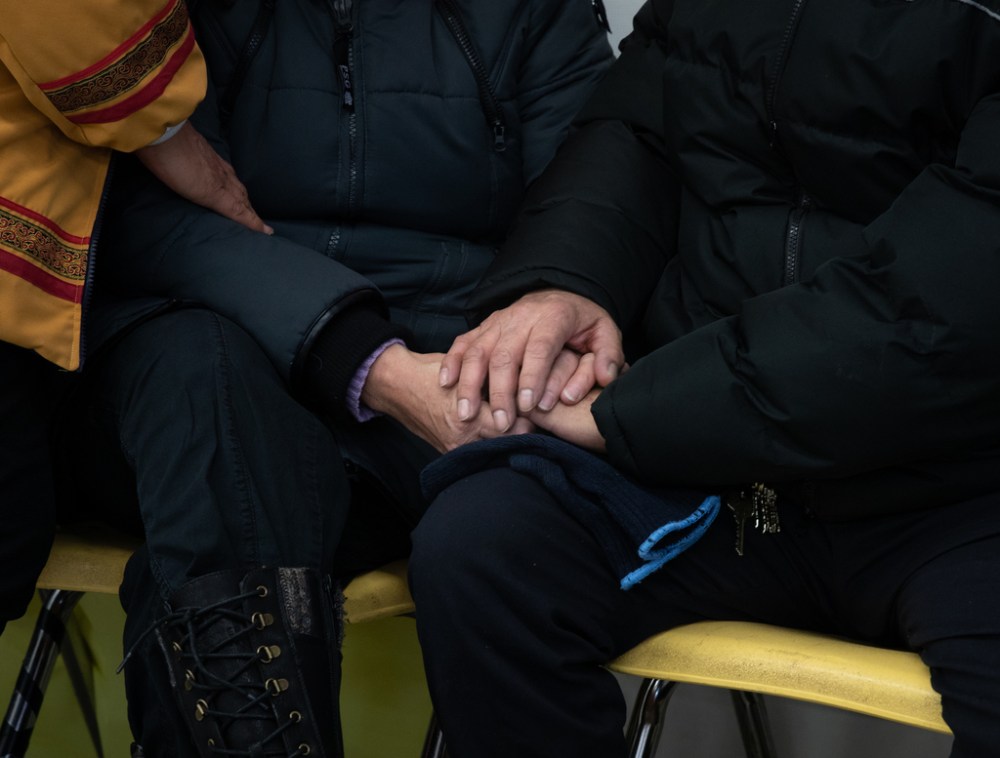
Because the Indian Act makes the federal government responsible for delivering services on reserves, provincial building and fire codes don’t apply on First Nations. The federal government doesn’t have a national fire protection code, which leaves the responsibility for fire safety to individual First Nations. It’s been called a case of “jurisdictional neglect.”
A possible solution, advocated by several groups, including the Canadian Association of Fire Chiefs, is to have federal politicians work with Indigenous political leadership to create a legislative framework for fire safety standards and enforcement on reserves.
The long-term goal is to improve First Nations firefighting capabilities and housing so residents no longer live in danger of fire-related tragedy. In the near term, however, the priority should be to get smoke detectors in all homes, with regular inspections to ensure the devices are working properly and can sound the alarm to save lives.
History
Updated on Thursday, February 17, 2022 9:51 PM CST: Fixes typo.




